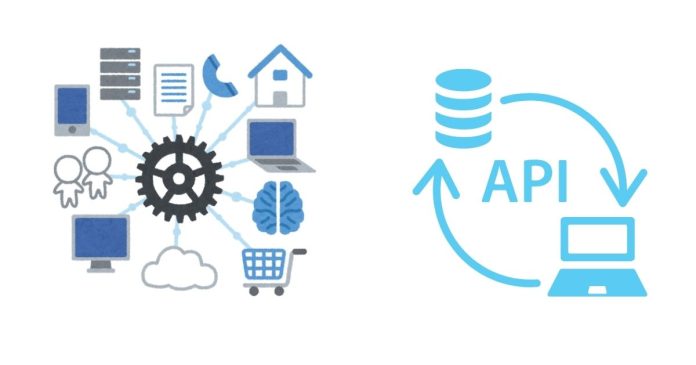Integration testing is a critical phase in the software development lifecycle, ensuring that different modules or components of an application work together as intended. While unit testing focuses on testing individual pieces of code, integration testing verifies that these pieces interact correctly when combined. This blog will dive into what integration testing is, why it’s essential, and best practices to follow.
What is Integration Testing?
Integration testing involves testing the interfaces and communication between modules or components within a system. Its primary goal is to detect issues that arise when individual components are combined, such as data mismatches, interface misalignments, or communication breakdowns.
For example, in a web application, the interaction between the user interface, database, and API needs to be tested to ensure seamless functionality. Integration testing bridges the gap between unit testing and system testing, focusing on the relationships and dependencies between different components.
Why is Integration Testing Important?
- Early Detection of Defects
Integration testing helps identify issues early in the development process, such as mismatched data formats or improper API responses. Fixing these issues early reduces the cost of errors in later stages. - Ensures Module Compatibility
Modern applications often comprise multiple modules or microservices. Integration testing ensures that these components communicate effectively, even if they are developed by different teams or use varying technologies. - Improves System Reliability
By validating the interactions between components, integration testing enhances the reliability of the overall system, ensuring a smooth user experience.
Types of Integration Testing
- Big Bang Testing
All modules are integrated and tested simultaneously. While this approach is quick, it can make identifying specific issues challenging. - Incremental Testing
Modules are integrated and tested step-by-step, either top-down, bottom-up, or hybrid. This approach simplifies debugging and ensures thorough coverage. - Top-Down Testing
Higher-level modules are tested first, followed by lower-level modules, using stubs to simulate missing components. - Bottom-Up Testing
Lower-level modules are tested first, with drivers simulating higher-level modules.
Best Practices for Integration Testing
- Plan Ahead: Define clear objectives, test cases, and expected outcomes before starting.
- Automate Testing: Use testing tools like Selenium, Postman, or JUnit to streamline the process and ensure consistency.
- Test in Realistic Environments: Use environments that closely resemble production for accurate results.
- Monitor Logs and Metrics: Analyze logs to identify communication failures or bottlenecks.
- Prioritize Critical Paths: Focus on essential interactions that have the highest impact on functionality.
Conclusion
Integration testing is a vital step in delivering robust and reliable software. It ensures that individual components work together harmoniously, minimizing the risk of errors in production. By adopting the right strategies and tools, developers can streamline integration testing and enhance the overall quality of their applications.
Start integrating integration testing into your development process to achieve seamless and reliable software today!


